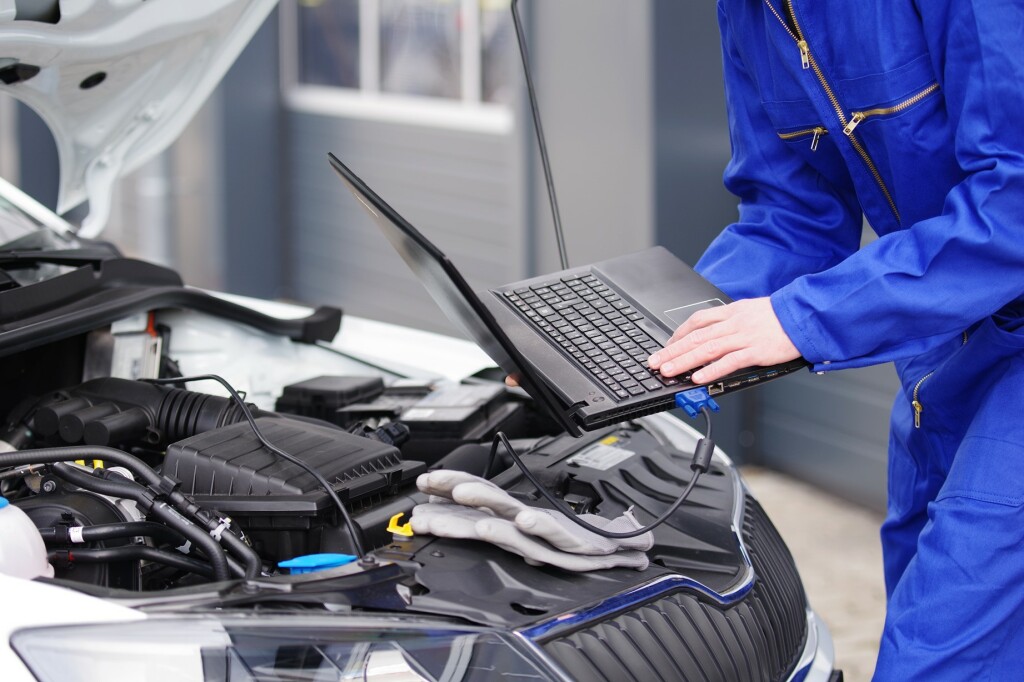
What is a recall?
When a vehicle or some of its equipment poses a safety risk to drivers and passengers, either the National Highway Traffic Safety Administration (NHTSA) or the vehicle’s manufacturer will issue a recall. Recalls can happen for any number of issues such as safety issues with a vehicle’s air bags, tires, steering, brakes, among many other possibilities.
Usually, the car’s manufacturer will voluntarily issue the recall when they discover a defect that doesn’t meet safety standards. The NHTSA will also issue one after the manufacturer files a report with them. The NHTSA says vehicle manufacturers must notify owners by mail within 60 days of the report being filed.
While recall service is usually free, other repairs you might agree to outside of the recall can be costly. Investing in a reliable and comprehensive service plan from Cars Protection Plus can help you cover any repairs not covered in a recall.
What if I haven’t been notified of a recall?
If you suspect a recall and haven’t been notified, you can either call the vehicle manufacturer or check the NHTSA recall database. You can sign up to receive recall alerts via email from them.
Another way to ensure you’ll get notified in the event of a recall is to register both your new and used vehicles with their manufacturer and notify them if you move.
What do I do if I receive a recall notice?
First, read the recall notice. It should detail the safety issue with your vehicle and the equipment affected. It will also include:
- A description of the issue or defect
- Why it is being recalled
- What the safety risk is
It will also tell you to have the issue repaired at an authorized local dealer. Usually, a dealer will be very helpful in scheduling repairs for the recall. If you have difficulty scheduling with the dealer, call the vehicle’s manufacturer and ask for help. If neither one is helpful, you can file a complaint with the NHTSA against them.
Don’t put off the recall repairs. The recall was issued due to a safety issue. The best thing is to get it repaired as soon as possible. If the manufacturer has said in the recall that driving the car isn’t safe, you should limit use of the car until the necessary repairs are made.
What solutions will the vehicle manufacturer provide?
According to the NHTSA, by law the manufacturer must correct the issue in one of three ways. They can repair the vehicle or part at no cost to you. If the problem cannot be fixed, they can provide you with an identical vehicle or a similar model. They could also issue you a refund for the purchase price of the car minus some depreciation costs, depending upon how long you have had the vehicle and how many miles it has on it.
Do I have to pay for the repairs?
Usually, you do not have to pay for the recall repairs. The manufacturer is typically responsible for fixing any recall issues for you at no charge.
If you bought a used car and there is a recall that the original owner did not repair, you can still get recall work done. A recall lasts eight years from the original sale date of the vehicle. Used vehicles more than 10 years old may NOT qualify for free repairs, though you can contact a local dealer and ask.
